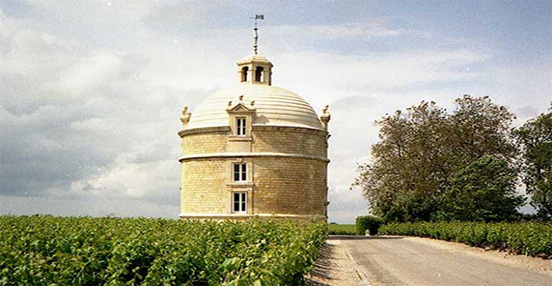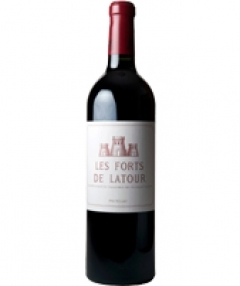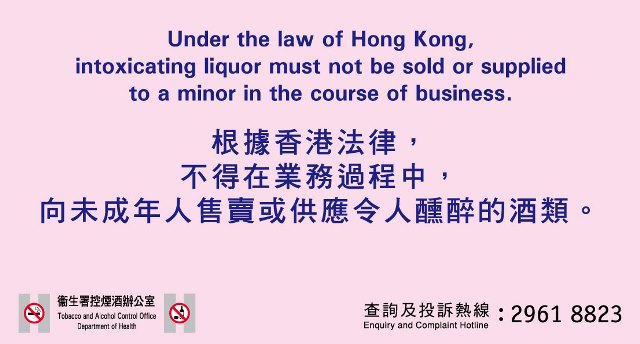
|

|
|
| Region | Bordeaux | Owner(s) | Francois Pinault |
| Appellation | Pauillac | Manager | Frederic Engerer |
| Category | Red Wine | Wine Maker | Technical director: Helene Genin |
| Classification | First Growth (Médoc 1855) | Website | http://www.chateau-latour.com/en |
One of the perfect wines of the vintage, Frederic Engerer challenged me when I tasted the 2010 Latour at the estate, asking, “If you rate the 2009 one hundred, then how can this not be higher?” Well, the scoring system stops at 100, (and has for 34 years,) and will continue for as long as I continue to write about wine. Nevertheless, this blend of 90.5% Cabernet Sauvignon, 9.5% Merlot, and .5% Petit Verdot hit 14.4% natural alcohol and represents a tiny 36% of their entire production. The pH is about 3.6, which is normal compared to the 3.8 pH of the 2009, that wine being slightly lower in alcohol, hence the combination that makes it more flamboyant and accessible. The 2010 is a liquid skyscraper in the mouth, building layers upon layers of extravagant, if not over-the-top richness with its hints of subtle charcoal, truffle, blackberry, cassis, espresso and notes of toast and graphite. Full-bodied, with wonderfully sweet tannin, it is a mind-boggling, prodigious achievement that should hit its prime in about 15 years, and last for 50 to 100.
There is no denying the outrage and recriminations over the decision by the Pinault family and their administrator, Frederic Engerer, to pull Latour off the futures market next year. However, you can still buy these 2010s, although the first two wines are not likely to be released until they have more maturity, which makes sense from my perspective. Perhaps Latour may have offended a few loyal customers who were buying wines as futures, but they are trying to curtail all the interim speculation that occurs with great vintages of their wines (although only God knows what a great vintage of future Latour will bring at seven or eight years after the harvest). As a set of wines, the 2010s may be the Pinaults’ and Engerer’s greatest achievements to date. Of course, I suspect the other first-growth families won’t want to hear that, nor will most of the negociants in Bordeaux, but it’s just the way things are. Frederic Engerer, by no means the most modest of administrators at the first growths, thinks it would be virtually impossible to produce a wine better than this, and he may well be correct. If they gave out Academy Awards for great performances in wine, the Pinaults and Engerer would certainly fetch a few in 2010. P.S. Just so you don’t worry, Engerer offered up the 2009 next to the 2010 to see if I thought it was still a 100-point wine, and yes, ladies and gentlemen, it still is.
Score: 100 Robert Parker, Wine Advocate (188), February 2013
| Great Vintages | Second, Third and Other Related Wines |
| 1982 / 1990 / 1995 / 1996 / 2000 / 2001 / 2002 / 2003 / 2005 / 2006 / 2008 / 2009 / 2010 |
History
Chateau Latour is like no other Bordeaux wine. It is in a unique class of its own. It has been the most consistent of the First Growth chateaux from the Medoc for over 100 years!
It is thought the original Saint-Lambert tower, giving birth to the name Latour was created in the second half of the 14th century. Documents show in 1331, Pons, the Seigneur of Castillon, allowed one of the most prosperous families in the Medoc to create a fortress in area of Saint-Lambert. The design included the original landmark tower that Chateau Latour is famous for today. In 1378, Chateau Latour “en Saint-Maubert,” which was later known as Chateau La Tour and then Chateau Latour, came into being. The existing tower at Chateau Latour, which has nothing to do with the original one, did not give its name to the vineyard. In fact, the tower was a pigeon house, probably built with the stones from the old chateau between 1620 and 1630.
At the end of the 17th century, after a succession of sales, inheritances and marriages, the Latour estate became the property of the Segur family and it remained in their hands for almost 300 years.
It is in 1718 with the Marquis Nicolas-Alexandre de Segur (known as the "Prince of Vins"), that the modern history of Chateau Latour starts taking place. For a 2 years period, (1718-1720) the de Segur family owned 3 of the 5 First Growth chateaux, Latour, Lafite Rothschild and what we know of today as Mouton Rothschild! By the start of the 18th century, the wine of Chateau Latour was recognized around the world, To give you an idea of the price of Latour in its day, Chateau Latour was selling more for more than twenty times as much as one of ordinary Bordeaux wines.
In 1989, Allied Lyons, already owner of 25% of the shares of Chateau Latour, bought Pearson’s as well as those remaining in the hands of some individual owners to become the majority shareholder. In July 1993 they sold their shares of Chateau Latour to Francois Pinault for 131 Million dollars. Francois Pinault then decided to hire Frederic Engerer and it turned out to be one of the most important decisions he had made. Frederic Engerer was already familiar with the Pinault family, as both Engerer and the son of Francois Pinault, Francois-Henri Pinault attended the same university. Since Frederic Engerer took over management of the property in 1995, things have never been better.
In fact some of the finest wines, if not the best wines produced in the history of Chateau Latour continue to be produced during his tenure. In 1998, the chateau renovated their cellars and vat rooms, adding several new, smaller sized, stainless steel tanks to give the estate the ability to vinify on a parcel by parcel basis. It’s possible that stunning 2009 Chateau Latour is at this point, the pinnacle of his success. In 2012, Chateau Latour announced they would no longer be selling Chateau Latour as a future. 2011 was the final vintage they sold En Primeur.
Their plans are to cellar the wine until they felt the wines were more enjoyable for consumers to drink. As a guess, it looks like the first releases of the wines not sold as futures will begin with the 2012 vintage in 2022.
Recent improvements or changes
Recent changes concentrate mainly on the method of farming in the vines, which is increasingly following biodynamic practices. Today there are around 25 hectares farmed biodynamically, with that figure rising all the time (and largely organic farming for the rest), with the intention to be fully biodynamic in the future.
Soil
The terroir is deep gravel based soils with some clay found in the sub soils. The heart and soul of the Chateau Latour vineyard, located close to the Chateau is a 47 hectare parcel known as "Enclos". There are many people in Bordeaux that consider those 47 hectares to be the best terroir in all of Bordeaux.
Vine
On average, the vines are about 40 years of age. But Chateau Latour have old vines as well. Some of the oldest vines at Chateau Latour are over 100 years of age.
Character
In style the wine is powerful, structured and compelling, and has been for many the most consistent performer amongst the First Growth Wines over the past century, acquiring an enviable reputation for producing very good wine in the more challenging vintages. It has great potential to age, with the best vintages lasting a century or more.
Wine Maker
Since Frederic Engerer took over management of the property in 1995, things have never been better. In fact some of the finest wines, if not the best wines produced in the history of Chateau Latour continue to be produced during his tenure. In 1998, the chateau renovated their cellars and vat rooms, adding several new, smaller sized, stainless steel tanks to give the estate the ability to vinify on a parcel by parcel basis. It’s possible that stunning 2009 Chateau Latour is at this point, the pinnacle of his success.
Blend
The grand vin Chateau Latour, typically a blend of 75% Cabernet Sauvignon, 20% Merlot, with the remainder Petit Verdot and Cabernet Franc. The second wine Les Forts de Latour, typically 70% Cabernet Sauvignon and 30% Merlot.
Aging
Chateau Latour is not a wine to drink on the young side. The wine is usually far too tannic, powerful and reserved during its youth.
Chateau Latour is usually better with at least 15 year of bottle age. Of course that can vary slightly, depending on the vintage character. Chateau Latour offers its best deinking and should reach peak maturity between 18 and 60 years of age after the vintage.
Annual Production
About 16-20,000 cases of Latour made each year
10-12,000 cases of Les Forts de Latour
A variable quantity of the third label Pauillac.
Production of Chateau Latour has been intentionally declining over the years and the quality, concentration and complexity has been increasing, along with the price.










